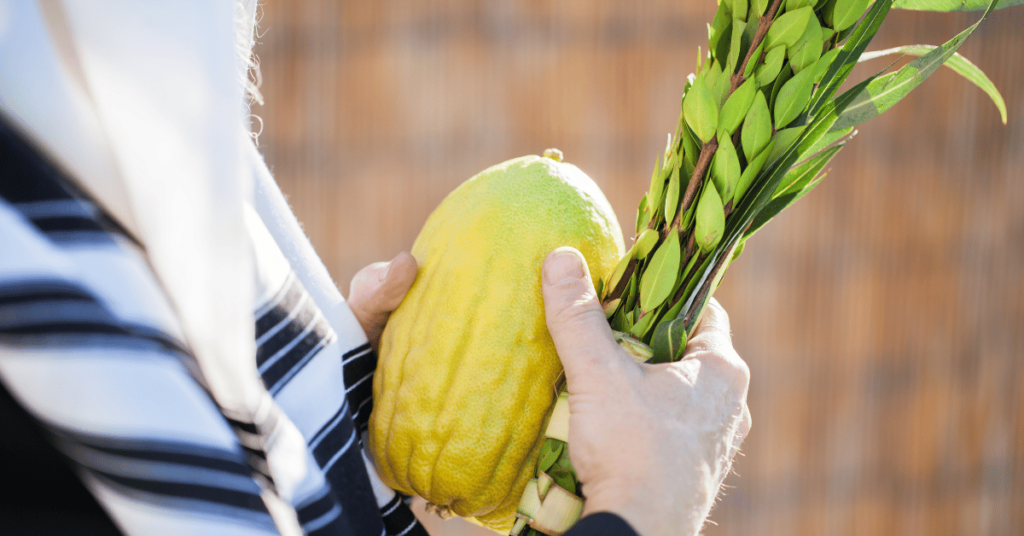
Diving into the rich mosaic of Jewish festivals, Sukkot presents itself not just as a season of gratitude but also as a profound bridge, linking the histories of both Christians and Jews. If you’ve ever sought to explore the deeper biblical ties between Christianity and its Jewish roots, understanding Sukkot offers a beautiful and enlightening journey.
To begin, it’s essential to recognize that Christianity didn’t emerge in a vacuum. It was birthed from the Judaic traditions, beliefs, and prophecies. The land of Israel is where patriarchs walked, prophets voiced God’s messages, and where Jesus lived, ministered, and ultimately provided salvation to humanity.
Consider the Tanakh, or the Older Testament, revered and cherished by both Christians and Jews. It’s a chronicle of God’s promises, the journey of the Israelites, and a testament to God’s unwavering faithfulness. Events like Abraham’s call, Moses leading the exodus, David’s reign, and the words of the prophets are foundational narratives that every Christian cherishes. Sukkot, in particular, encapsulates the essence of God’s providence. It’s not just a historical Jewish event; it’s a testimony to God’s promises.
Now, imagine the setting of Sukkot: families gathering under a sukkah (a hut), reminding them of the forty years the Israelites spent in the desert, entirely dependent on God’s provision. While the sukkah memorializes the miraculous Exodus of the Jews from bondage in Egypt, for both Jew and Christian it’s a vivid reminder of the broader theme of humanity’s dependence on God. This narrative, deeply embedded in Jewish tradition, also finds echoes in Christian teachings. Themes of reliance on God, His abundant provision, and unwavering faith resonate deeply within the core of Christian values.
Moreover, Jesus himself, a Jew, observed these traditions. He walked the streets of Jerusalem, taught in its synagogues, and celebrated the festivals. When you, as a Christian, seek to understand Sukkot, you’re also walking a path that Jesus himself tread, appreciating traditions He himself would have observed.
How would Jesus have kept Sukkoth?
At its heart lies the practice of erecting and dwelling in temporary shelters, known as “sukkahs.” The sukkahs are living testaments to the makeshift dwellings the Israelites inhabited during their 40-year odyssey in the desert after the Exodus from Egypt.
These structures, while temporary, are purposefully crafted. Typically, they’re made of organic materials and are sturdy enough to dwell in, but their roofs remain deliberately sparse, usually covered with branches, allowing those inside to see the stars. For a full week, Jewish families come together in these humble abodes. They share meals, engage in prayers, sing songs, and some even choose to sleep here. The permeable roof serves as a poignant reminder: Despite our best efforts to protect ourselves, we remain at the mercy of nature and the elements, highlighting our ultimate dependence on God’s protection.

During this festival, another core ritual revolves around the “Four Species” or “Arba Minim” in Hebrew. This ritual entails the use of:
Lulav (Palm branch): Symbolic of the spine and a reminder to stand tall in our faith.
Aravot (Two willow branches): Often associated with the lips and the importance of prayer.
Hadassim (Myrtle branches): Resembling the eyes, they hint at the significance of observing God’s commandments.
Etrog (Citron): This fruit, similar in appearance to a lemon, symbolizes the heart and the essence of our deeds.
These elements, except for the etrog, are bound together. A special blessing, “Baruch atah Adonai, Eloheinu Melech ha’olam, asher kidshanu b’mitzvotav v’tzivanu al netilat lulav” (Blessed are You, LORD our God, King of the universe, who has sanctified us with His commandments and commanded us concerning the taking of the lulav), is then recited. The act is deeply symbolic, expressing gratitude to God for all the bounties He provides in nature.
Following the blessing, a ritualistic gesture of waving the lulav and etrog takes place. They are extended outwards in all six directions: east, south, west, north, upwards, and downwards. This act serves as a profound declaration of faith, acknowledging God’s omnipresence and His dominion over all creation.
To truly embrace the essence of Sukkot as a Christian is to immerse oneself in the shared spiritual and historical heritage that binds Christianity to Israel. It’s a celebration, a reflection, and a journey into the shared roots. Through understanding and reverence for Sukkot, Christians can find a deeper connection to Israel, appreciate their shared biblical heritage, and further embrace the Jewish roots of their faith.
